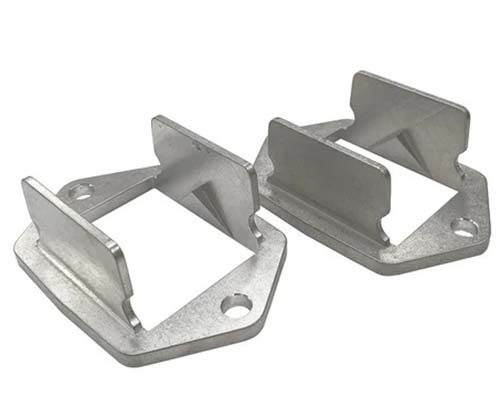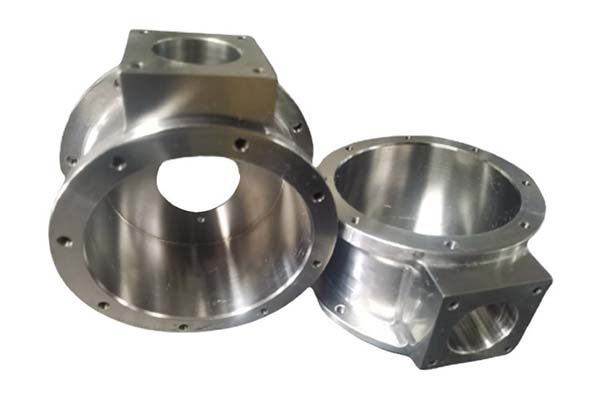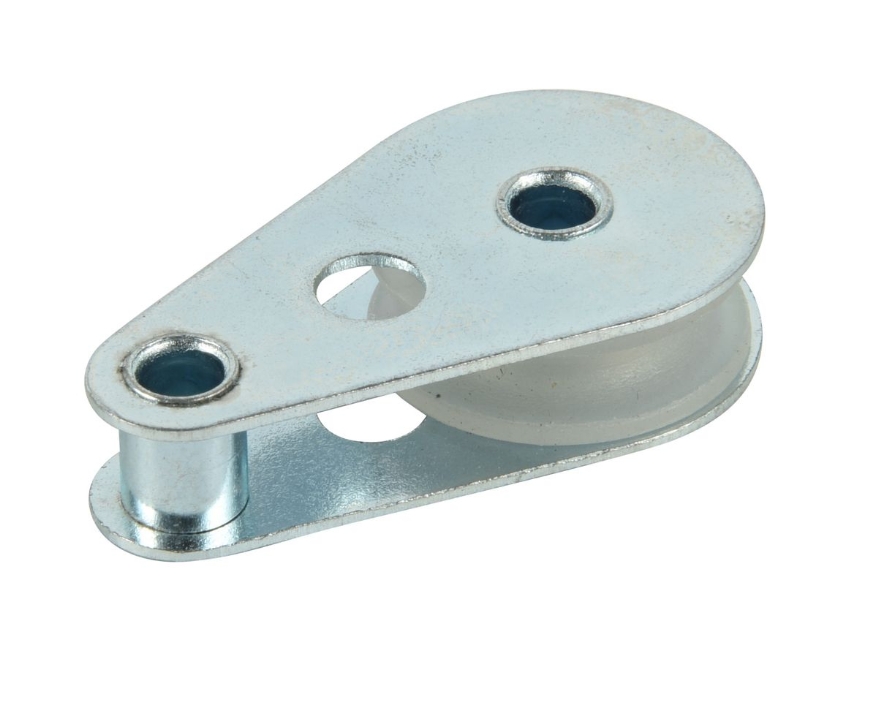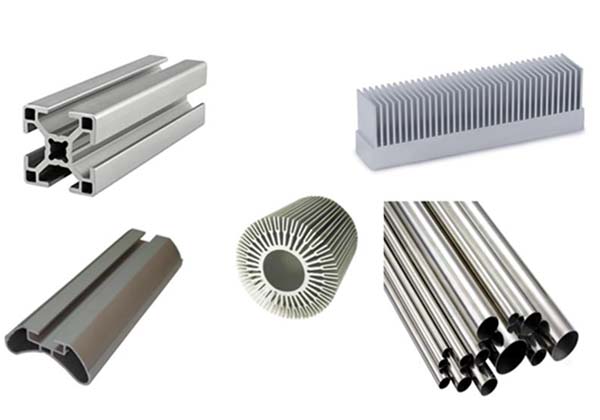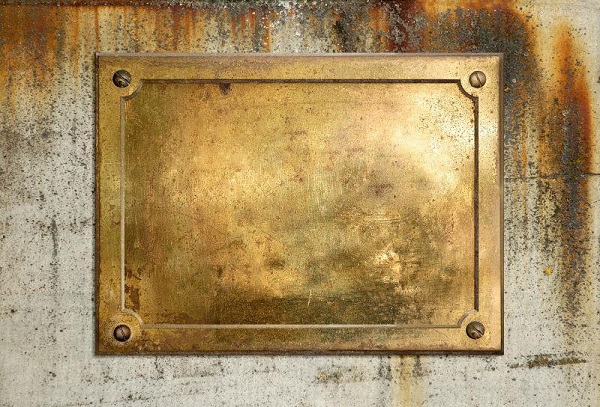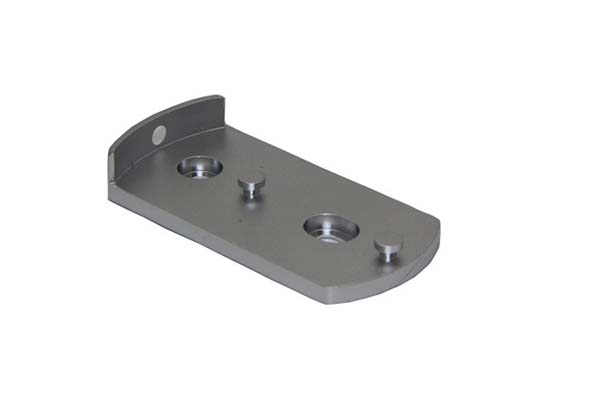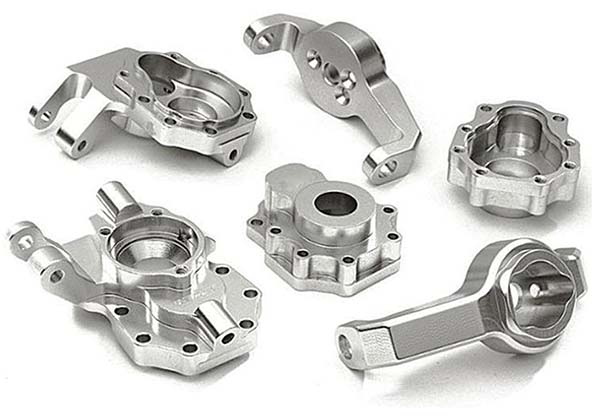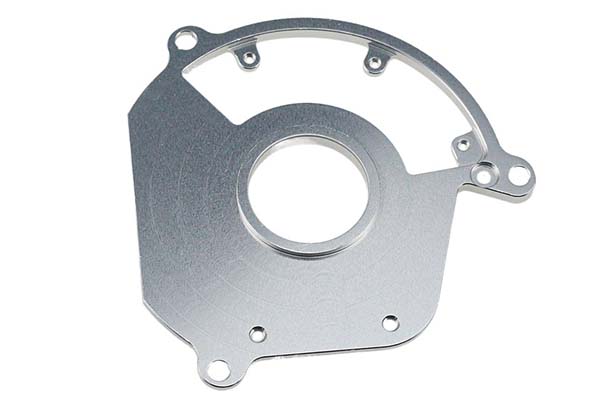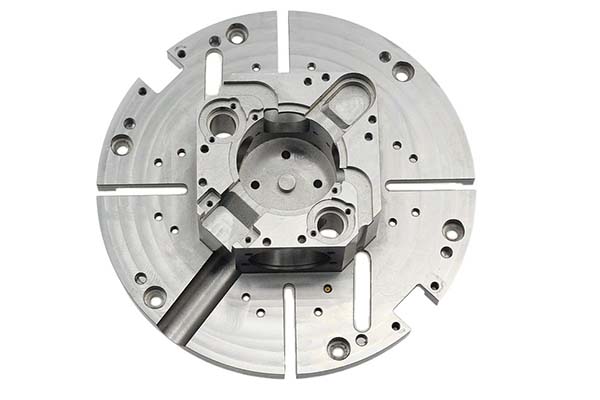Manufacturers often face a tough trade-off: materials that form easily often lack durability, while corrosion-resistant metals can crack or warp during stamping. This is especially true for components needing both precision and longevity—like food-processing parts or medical instruments. Enter Metal Stamping SUS304 (Austenitic), a grade that bridges this gap. In this guide, we’ll tackle the unique challenges of stamping SUS304, from its material properties to proven techniques, ensuring you achieve consistent, high-quality results.
SUS304 Austenitic Properties: Why It’s the Industry Workhorse
At the core of SUS304’s popularity is its well-balanced SUS304 Composition, famously known as 18-8 Stainless Steel (18% Cr / 8% Ni). This blend creates an austenitic structure—a face-centered cubic crystal arrangement that delivers exceptional mechanical properties:
- High Ductility and Excellent Formability: With an elongation of 40%, SUS304 bends, draws, and shapes without cracking, making it ideal for complex stamping projects.
- Mechanical Strength: It boasts a tensile strength of 520 MPa and yield strength of 205 MPa, striking a perfect balance between flexibility and rigidity.
- Non-Magnetic Nature: Unlike ferritic or martensitic grades, SUS304 remains non-magnetic even after cold working, critical for electronic and medical applications.
- Surface Hardness: With a maximum hardness of 187 HB, it resists scratches while remaining easy to stamp compared to harder stainless steels.
These properties explain why SUS304 is the go-to choice for parts requiring both formability and reliability.
Metal Stamping Techniques for SUS304: Precision in Practice
Stamping SUS304 demands techniques tailored to its unique characteristics. Here’s how to overcome common challenges:
- Progressive Stamping: Ideal for high-volume production, this method uses a sequence of dies to transform flat sheets into finished parts. For SUS304, ensure each station allows for uniform material flow to prevent work hardening.
- Deep Drawing: SUS304’s ductility shines here, but slow press speeds (10–20 strokes per minute) and lubrication for stainless (chlorinated or synthetic oils) are critical. This prevents galling and maintains the surface finish.
- Blanking & Piercing: Use carbide tooling to handle SUS304’s abrasiveness. Optimize clearance to 10–15% of material thickness—too tight causes tool wear, too loose creates burrs.
- Bending & Forming: Counteract springback (SUS304 rebounds ~2–3 degrees) by over-bending. Use bottoming dies for sharp angles to ensure accuracy.
- Tool Wear Reduction: Polish die surfaces to Ra 0.8 μm or lower to minimize friction. Regularly inspect tools for micro-chipping, which can mar the finish.
Applications of SUS304: Where It Outperforms
SUS304’s versatility makes it indispensable across industries:
- Food-Processing Equipment: Its non-reactive surface and easy cleanability meet strict hygiene standards, resisting acids from fruits and vegetables.
- Medical Instruments: Compatible with sterilization processes, it’s used for surgical trays and forceps where corrosion resistance is life-critical.
- Kitchen Sinks & Cookware: Withstands daily exposure to water, soap, and food acids without tarnishing.
- Automotive Trim & Clamps: Combines a sleek finish with resistance to road salts and moisture.
- Aerospace Fasteners: Offers reliable performance under extreme temperature fluctuations.
Corrosion & Heat Resistance: Ensuring Longevity
SUS304’s durability hinges on understanding its environmental limits:
- Corrosion Resistance: Its passivation layer (chromium oxide) self-heals when exposed to oxygen, but it’s vulnerable to chloride stress-cracking in concentrations over 200 ppm (e.g., seawater). For such environments, 316 is better, but SUS304 works for most indoor or low-chloride settings.
- Pitting Resistance Equivalent (PRE): At ~18 (calculated as Cr% + 3.3×Mo% + 16×N%), it resists pitting in mild conditions but struggles in high-salt environments.
- Heat Resistance: Handles operating temperatures up to 870°C intermittently, making it suitable for heat exchangers and oven components. Continuous use above 600°C may reduce corrosion resistance.
- Enhancements: Electropolishing improves corrosion resistance by smoothing surface imperfections, reducing surface roughness Ra to 0.02–0.1 μm.
Manufacturing & Quality Control: Meeting Standards
Consistency in SUS304 stamping requires strict protocols:
- Standards Compliance: Adhere to ASTM A240 (chemical composition) and JIS G4305 (dimensions) for material quality. ISO 9001 and TS 16949 ensure process reliability.
- Inspection Methods:
- Surface Inspection: Check for defects like scratches or pits, ensuring finishes (2B, BA, #4) meet specifications.
- Dimensional Tolerance: Maintain ±0.05 mm for critical features using CMMs.
- Non-Destructive Testing (NDT): Ultrasonic tests detect internal flaws in thick parts.
- Documentation: Provide PPAP documentation for automotive clients, including material certificates and process validations.
Yigu Technology’s Perspective
As a leading custom manufacturer, Yigu Technology specializes in Metal Stamping SUS304 (Austenitic). We optimize stamping parameters—from lubrication to die clearance—to maximize formability while preserving corrosion resistance. Our ISO 9001-certified processes ensure parts meet tight tolerances (±0.05 mm) and surface standards, supporting industries from food processing to medical devices with reliable, cost-effective solutions.
FAQs
- Can SUS304 be used in marine environments?
It’s not ideal—seawater’s high chloride content can cause stress cracking. Use 316 for marine applications, but SUS304 works for inland watercraft.
- How does cold working affect SUS304’s properties?
Cold working increases strength (tensile strength up to 1000 MPa) but reduces ductility. Annealing at 1050°C restores formability.
- What’s the difference between 2B and BA finishes for stamping?
2B (cold-rolled, annealed) has a matte finish, ideal for parts needing painting. BA (bright annealed) is glossy, perfect for visible components like trim.
